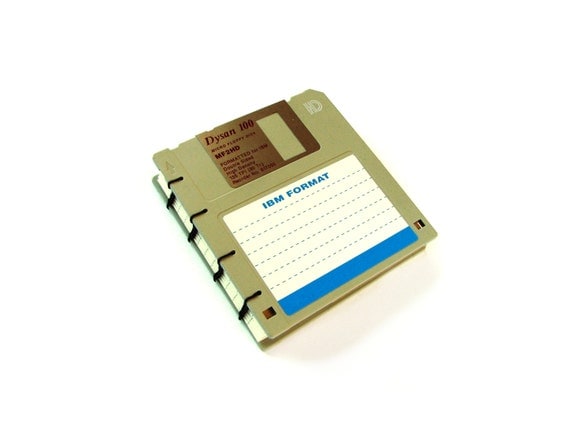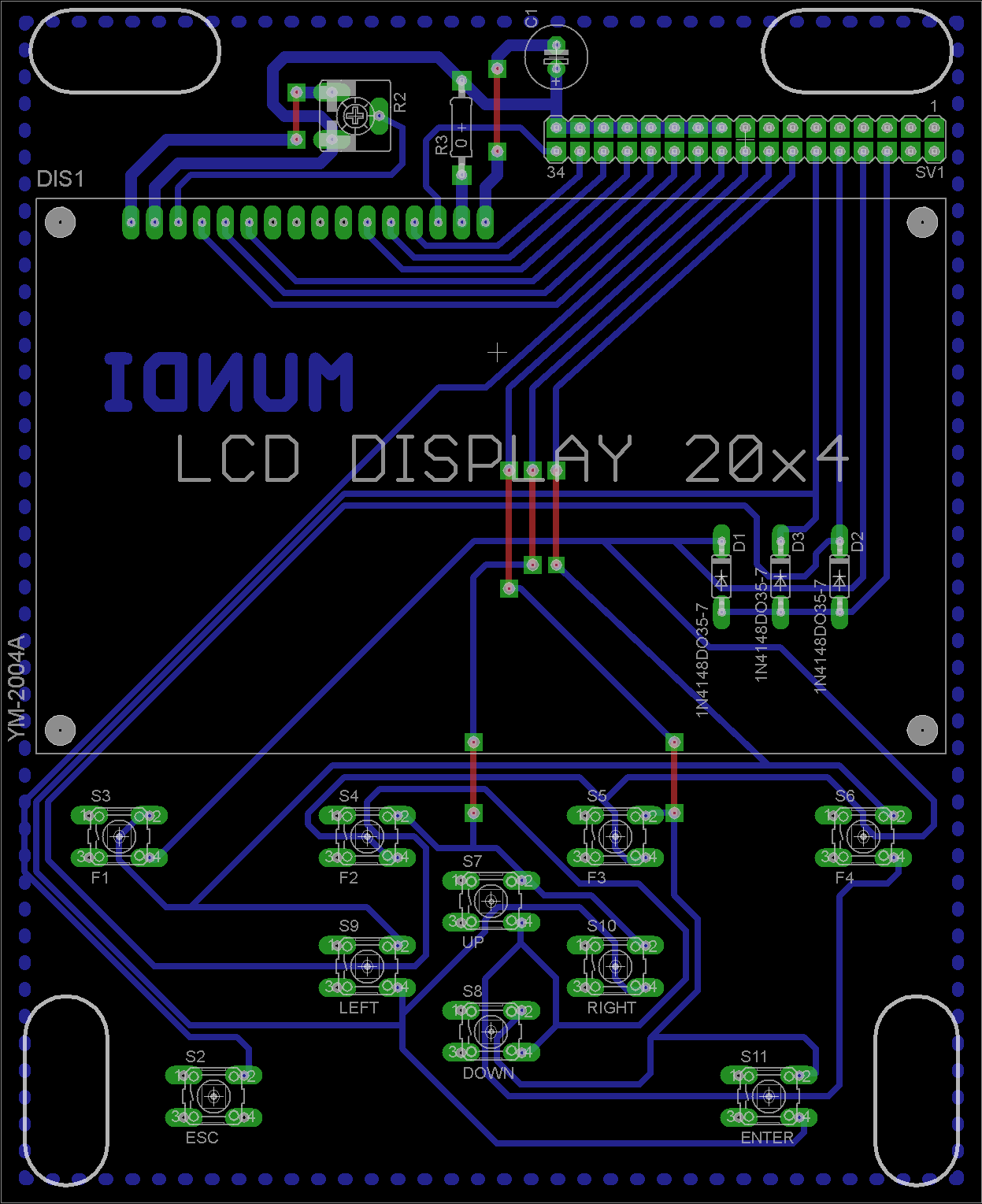
In the early 2000s, most floppy disk types and formats became obsolete, leaving the 3 + 1⁄ 2-inch disk, using an IBM PC compatible format of 1440 KB, as the only remaining popular format.ĭifferent floppy disk types had different recording characteristics, with varying magnetic coercivity (measured in oersteds, or in modern SI units in amperes per meter), ferrite grain size, and tracks per inch (TPI). Since their introduction, there have been many popular and rare floppy disk types, densities, and formats used in computing, leading to much confusion over their differences. Check out the blog to find relevant information.Logical and physical layout of data in a floppy diskįloppy disk format and density refer to the logical and physical layout of data stored on a floppy disk. If you are interested in such a DIY, you should note that the Amiga RPI Drive project – software and hardware – is available for no charge. After these operations, the emulating process will restart and all the disks will be inserted in the drives again.


Which leaves our Raspberry Pi free to do anything. The complete emulating process takes a halt and the system appears as if there are no inserted disks: in this way the hardware directly manages the requests without producing any errors. All the code is in kernel.img in only 240kb.ĭuring SD operations – reading, writing an adf/adz disk image – the system is unable to manage bus requests. The software GUI does not employ Linux kernel, and does require coding from scratch without any Operating System support. The project‘s interface doesn’t need any alterations to the Amiga – one only has to remove the internal floppy and put the interface and the Raspberry PI where they must be. And now that the floppy drives have become extinct, truly extinct, here’s a DIY that tries to emulate Amiga using Raspberry Pi.Ī $10 dollar project, this one is a great learning opportunity for students as all it takes is 74LS06 chip, a couple of resistors and diodes, a protoboard and of course the Pi. Its floppy controller was basic but much more flexible than the one on the PC: it was free of arbitrary format restrictions, encoding such as MFM and GCR could be done in software, and developers were able to create their own proprietary disc format, says Wikipedia about it.

Amiga was one of the special types of floppy drives.


 0 kommentar(er)
0 kommentar(er)
